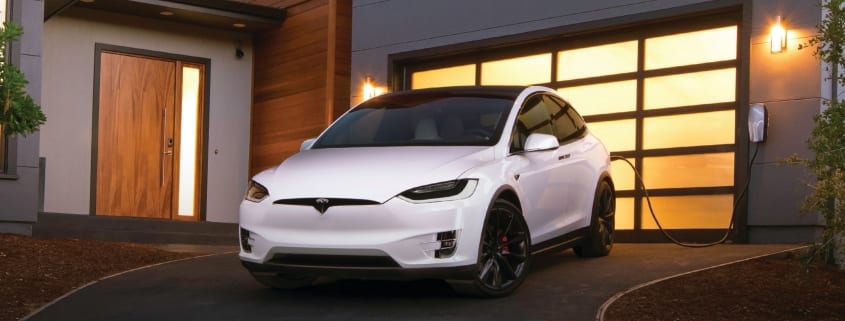Driving Change
In the 30 years that I’ve worked in the electric utility industry, I’ve seen a lot of changes — advancements in technologies, breakthroughs in science and trends that drive our decision-making. The electric utility industry is extremely complex. It’s also “capital intensive,” which is a fancy way of saying it takes a lot of money to build substations and transformers and maintain operations. We are constantly planning and revising those plans.
As we maintain what we’ve built, we are also at the forefront of research and development. Keeping up with the direction that science and technology are taking us isn’t easy and requires constant attention. And as Ferris Bueller once said, “Life moves pretty fast. If you don’t stop and look around once in a while, you could miss it.”
Let’s look at one trend that is driving the changes tomorrow will bring. Electric vehicles (EVs) have been around for more than 100 years. With each new model, battery life and distance increase. As technology improves, EVs become more affordable.
Though we quickly think of Tesla when it comes to electric vehicles, we’d be wrong to believe it’s the only player in the game.
General Motors plans to end production of all diesel- and gasoline-powered cars, trucks and SUVs by 2035. Ford is producing an electric F-150 truck in 2022 and planning to invest $22 billion in electric vehicle development in the next five years.
Toyota recently announced that by 2025, 40 percent of new U.S. vehicle sales will be electric models (hybrids, plug-in hybrids and EVs). By 2030, Toyota expects that nearly 70 percent of its sales will be electric.
Closer to home is Volkswagen’s investment here in Tennessee. The worldwide automaker plans to expand its Chattanooga plant to build the next generation of its electric vehicles. The investment of about $800 million will allow VW to produce a low-cost electric vehicle for the U.S. market beginning next year.
The importance of this trend: Those manufacturers account for 50 percent of all North American new car sales.
Powering those electric vehicles will require a network of convenient fueling locations. “Range anxiety” is a real concern, and knowing that a charging station is nearby will help spur acceptance of electric vehicles, making them more viable options.
Our state is meeting that challenge head on. Last month, the Tennessee Valley Authority and Tennessee Department of Environment and Conservation (TDEC) announced they are developing a statewide electric vehicle fast-charging network.
With other sources, TVA and TDEC will lead the way in funding the $20 million cost. The project will create a network of fast-charging stations every 50 miles along Tennessee’s interstates and major highways, tripling the existing network.
“Innovative partnerships with state agencies like TDEC and our local power companies are essential in developing one of the nation’s most comprehensive EV fast-charging networks, starting in Tennessee,” TVA President and CEO Jeff Lyash said.
Tennessee Gov. Bill Lee said, “This investment in electric vehicle charging infrastructure is a monumental step forward, and I’m proud that Tennessee is leading in this important effort.”
All of these changes happening today will require adjustment by your electric cooperative to meet this new use of electricity tomorrow — on the road and at your home. And it’s a good change. Electric vehicle adoption will lead to a cleaner environment by lowering carbon emissions. It will keep refueling dollars in the local economy and create jobs and economic investment.
That’s a win for all of us.




